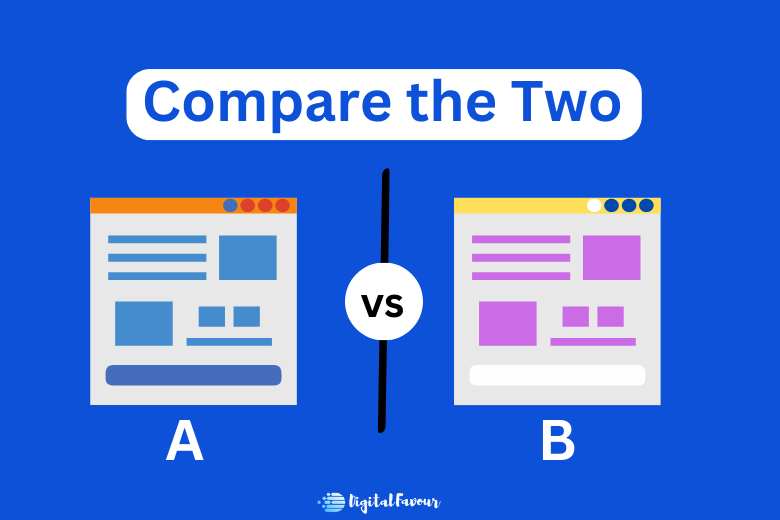Imagine you have a list of your favorite restaurants that you created a few years ago. Back then, that cozy diner at the top might have been your number one pick for a hearty breakfast. But over time, new spots have opened—perhaps a trendy café that offers a delicious brunch, or a bistro with an updated menu that better suits your taste. When a friend asks for your current recommendations, you’d likely update your list, featuring the new places and perhaps moving that old diner down a notch.
This is pretty much how Google’s core updates work.
What Are Core Updates?
Google periodically tweaks its search system to improve how websites are ranked. Think of it like a spring cleaning of the internet. The idea is to ensure that when you search for something, you see the most helpful, reliable, and up-to-date results.
- It’s Not a Personal Attack: The updates aren’t aimed at punishing any particular website. They are simply a way to refresh the rankings so that the best and most useful content is shown at the top.
- It’s About Quality: Just like your updated list of restaurants reflects the best dining options available now, Google’s update reflects which websites currently offer the most relevant and useful information.
How Does It Affect Websites?
Let’s continue with the restaurant analogy. Suppose the cozy diner didn’t update its menu or service over the years, while the new café kept improving and offering a better experience. In your updated list, the café might rise to the top, while the diner might slip down the list. Similarly, if a website doesn’t keep its content fresh or improve user experience, it might lose a few spots in Google’s rankings—not necessarily because it’s bad, but simply because other sites are doing a better job at meeting users’ needs.
What Should Website Owners Do?
If you’re a website owner and you notice a dip in traffic following a core update, here are some steps you can take:
- Review Your Content: Take a look at your website with fresh eyes. Ask yourself if your content is really helpful for your readers.
- Focus on the User Experience: Ensure your site is easy to navigate and that your content answers the questions your visitors might have.
- Avoid Quick Fixes: Instead of rushing to make changes just to boost your ranking, work on making thoughtful, lasting improvements.
- Keep Evolving: Just as restaurants update their menus, continually refreshing and improving your website is key. Whether it’s adding new information, updating old posts, or redesigning pages for easier reading, small consistent improvements add up over time.
Why Should We Care?
At the end of the day, Google’s core updates aim to make the internet a better place by showing the most useful and reliable information. This benefits everyone:
- For Users: It means getting answers that are more relevant and trustworthy.
- For Website Owners: It’s a reminder to keep content up-to-date and focused on the needs of the audience. If you put your readers first, you’re more likely to succeed in the long run.
In Conclusion
Think of Google’s core updates like updating your favorite restaurant list. Just as new restaurants may replace old ones based on current experiences and tastes, websites are re-ranked based on how well they serve today’s users. By keeping your content fresh, useful, and user-friendly, you’ll be well-prepared to handle these updates and continue providing value to your readers.
Keep learning, keep improving, and enjoy the journey of growing your online presence!








